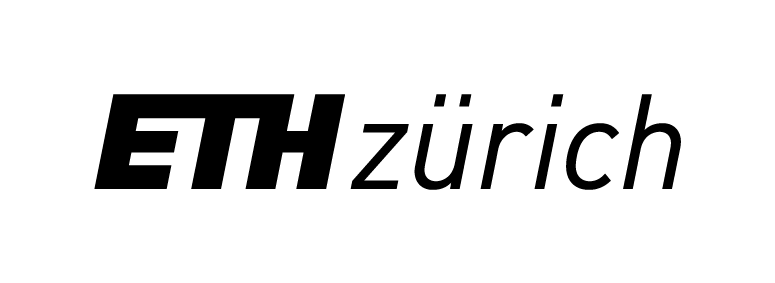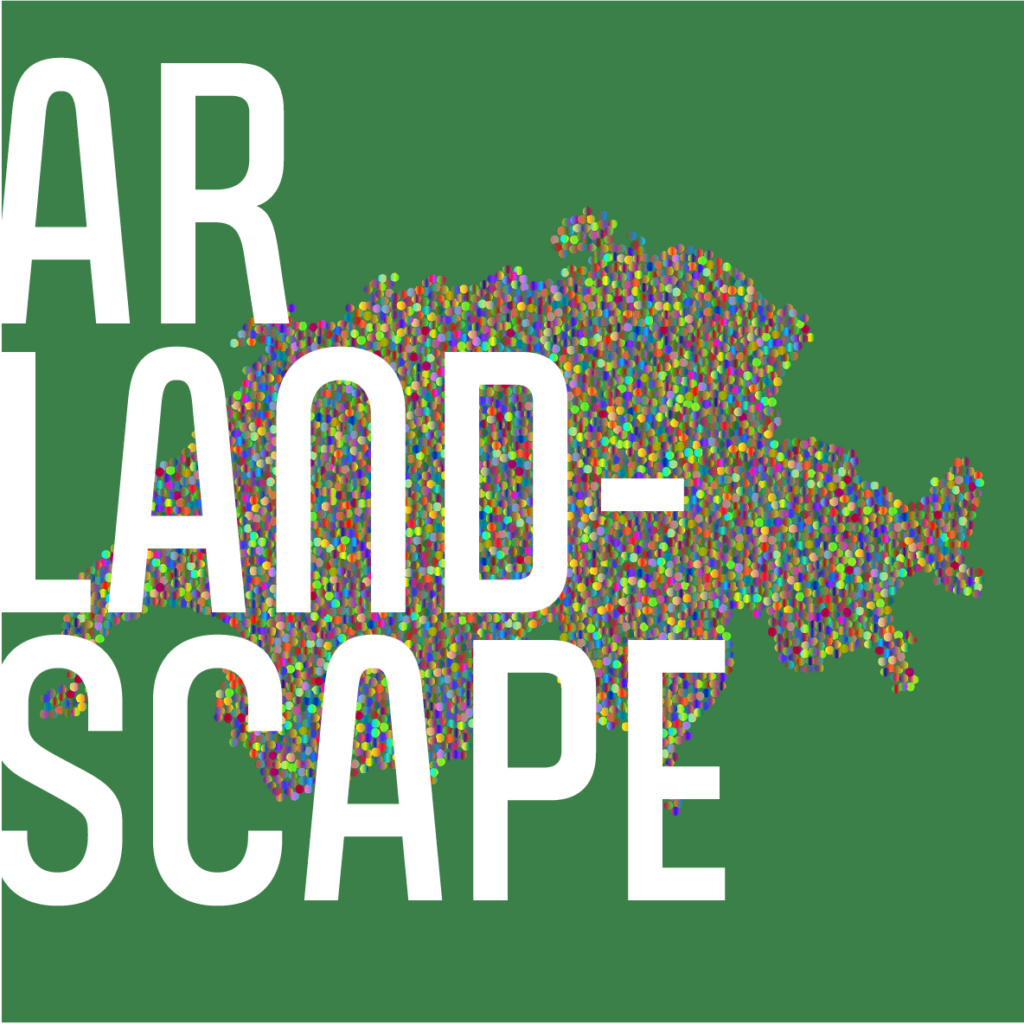Energy Future 2050
Switzerland has set the goal of eliminating virtually all greenhouse gas emissions by 2050. This goal can be achieved through a variety of measures that encompass all sectors: energy supply, transport including aviation, buildings, industry as well as agriculture. Here you can experience a possible path to achieving a net-zero energy system for Switzerland, where the amount of greenhouse gases emitted and removed from the atmosphere is the same.
In order to combat climate change, we humanity will have to reduce our greenhouse gas emissions to net-zero by the middle of the century and to below zero by 2100. Switzerland can fulfil its commitment by a combination of measures and technologies, some of which you can explore in an augmented reality (AR) platform that is the centerpiece of the exhibition at the Energy Week @ ETH 2022.
The AR platform shows two versions of Switzerland, today and in 2050. Today’s energy system is dominated by fossil oil and gas. These supply energy for the heating of buildings, for industry, and most importantly for transport on the road via gasoline- and Diesel-powered vehicles. In addition, almost half of our electricity is supplied by nuclear power plants.
The world in 2050 will look different. This will be obvious not only to energy experts, but to everyone. We will see photovoltaic (PV) panels everywhere, well-integrated on buildings facades and roofs, combined with agriculture in the lowlands, and in the Alps where PV can supply much needed winter electricity. Wind turbines are placed on mountain ridges to supply additional electricity. Hydropower plants have been refurbished and new ones have been built where feasible. All these visible changes were achieved by finding compromises between the demand for energy and conservation of the environment and natural resources.
Our heat demand is supplied by heat pumps, geothermal and solar thermal energy as well as wood and waste combined heat & power plants, often through district heating networks. Valuable biogas is produced by improving the use of resources such as green waste and animal manure. Our transport system has completely switched to electric vehicles with some hydrogen fuel cell vehicles in the heavy-duty transport sector. Finally, carbon dioxide is captured from industry with high emissions or removed from the atmosphere and then transported to storage sites in the North Sea and elsewhere.
In Collaborations with
The concept and development of the AR platform was a joint project of the Energy Science Center (ESC) and Design++ (Center for Augmented Computational Design in Architecture, Engineering and Construction).
The (ESC) is a competence center at ETH Zurich that facilitates energy research and teaching activities across research fields and departments. The ESC enhances cooperation between ETH Zurich, industry, government and society.
Design++ is a new interdisciplinary center at ETH Zurich for research, teaching and transfer that focuses on digitally augmented design tools and computational processes including artificial intelligence and extended reality for sustainable solutions in architecture, engineering and construction.
The physical AR platform was produced in collaboration with the ETH competence centre for model and prototype construction Raplab (Rapid Architectural Prototyping Laboratory).
Opening hours for assisted access to the AR platform through tablets* and AR glasses
Monday-Friday 9:00 – 19:00
Saturday-Sunday 9:30 – 16:30
*sponsored by Samsung



